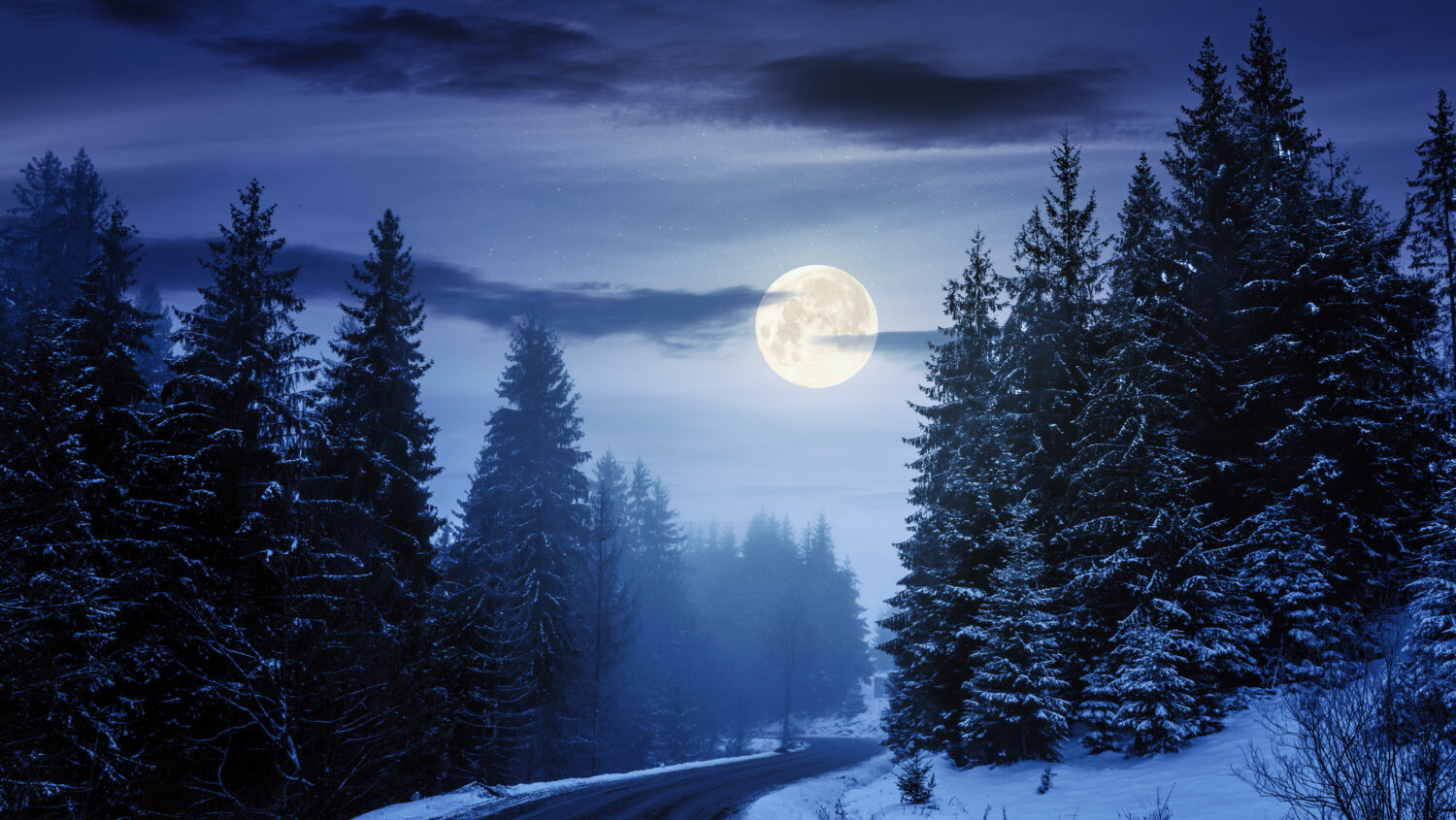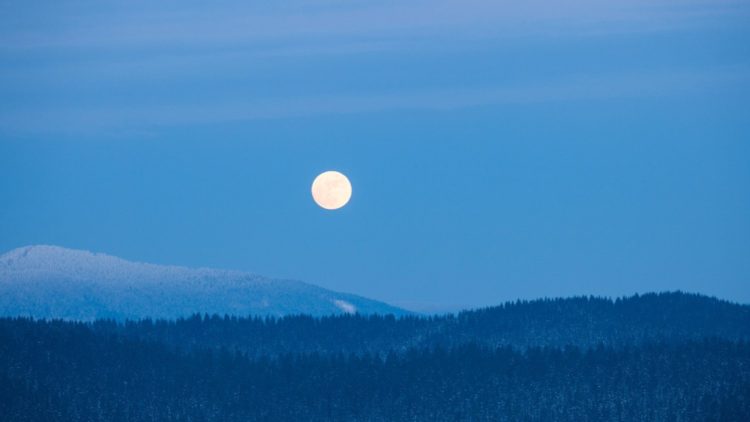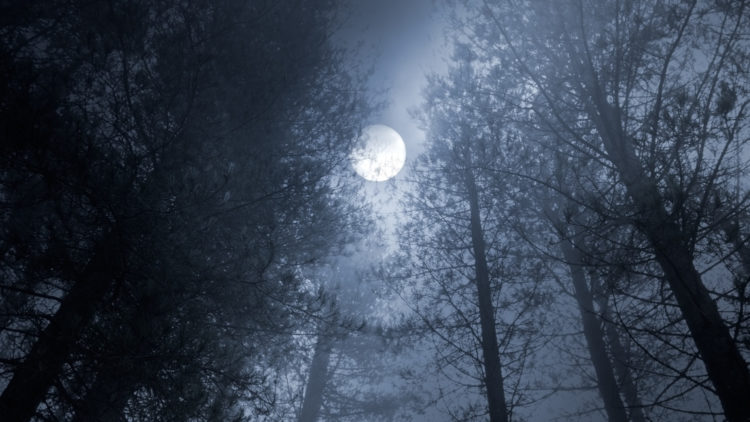When to see the January full moon, also known as the Wolf Moon

The January full moon, the first full moon of 2024, arrives Thursday, Jan. 25.
Also called the Wolf Moon, this month’s full moon will reach peak illumination in the middle of the day at 12:54 p.m. EST. The moon will be below the horizon at that time, but it will appear full beginning in the evening of Jan. 24 and ending in the early morning of Jan. 26.
Every full moon has a unique name. January’s full moon is most commonly known as the Wolf Moon.
The full moon names originate from Native American, colonial American and other sources. These names typically relate to nature and the time of year.
It’s believed the full Wolf Moon got its name because it’s when wolves were more likely to be heard howling. And although Wolf Moon may be the most widely used name for January’s full moon, it’s not the only one.
Other January full moon names relate to the cold weather of the season. Names like Cold Moon, Freeze Up Moon and Severe Moon were used by other Native American tribes across the U.S.
MORE: The best telescopes for home use, according to star-gazing experts
All the Full Moons of 2024
A complete lunar cycle is about 29.5 days, which means most years we get to see 12 full moons — one per month. This year is no different. (In 2023, sky-watchers were treated to a rare blue supermoon over the summer, but we won’t have one this year.)
The full moon schedule for this year looks like this (all times are Eastern):
- Jan. 25 at 12:54 p.m.
- Feb. 24 at 7:30 a.m.
- March 25 at 3 a.m.
- April 23 at 7:49 p.m.
- May 23 at 9:53 a.m.
- June 21 at 9:08 p.m.
- July 21 at 6:17 a.m.
- Aug. 19 at 2:26 p.m.
- Sept. 17 at 10:34 p.m.
- Oct. 17 at 7:26 a.m.
- Nov. 15 at 4:28 p.m.
- Dec. 15 at 4:02 a.m.
Interesting Facts About 2024’s Full Moons
The March full moon will treat watchers in the Americas to a penumbral lunar eclipse as the moon passes through the outer edges of Earth’s shadow. This type of eclipse is only noticeable to devoted moon watchers, as the change to the moon is subtle.
The August full moon is considered a seasonal blue moon, which means it’s the third of four full moons in a single season. In this instance, the August full moon is the third full moon to occur in the summer because the June full moon occurs right after summer begins and the September full moon arrives just days before the first day of fall.
A more noticeable partial lunar eclipse will happen on Sept. 18. Watchers in the Americas, Europe and Africa will be able to see the outer edge of the moon hide behind the edge of the Earth’s shadow.
We’ll be treated to four supermoons in a row this year, in August, September, October and November. A supermoon occurs when the moon’s orbit brings it closest to the Earth. The October full supermoon is the closest all year at just 222,055 miles away.
MORE: The northern lights in 2024 are set to be the best in 20 years







